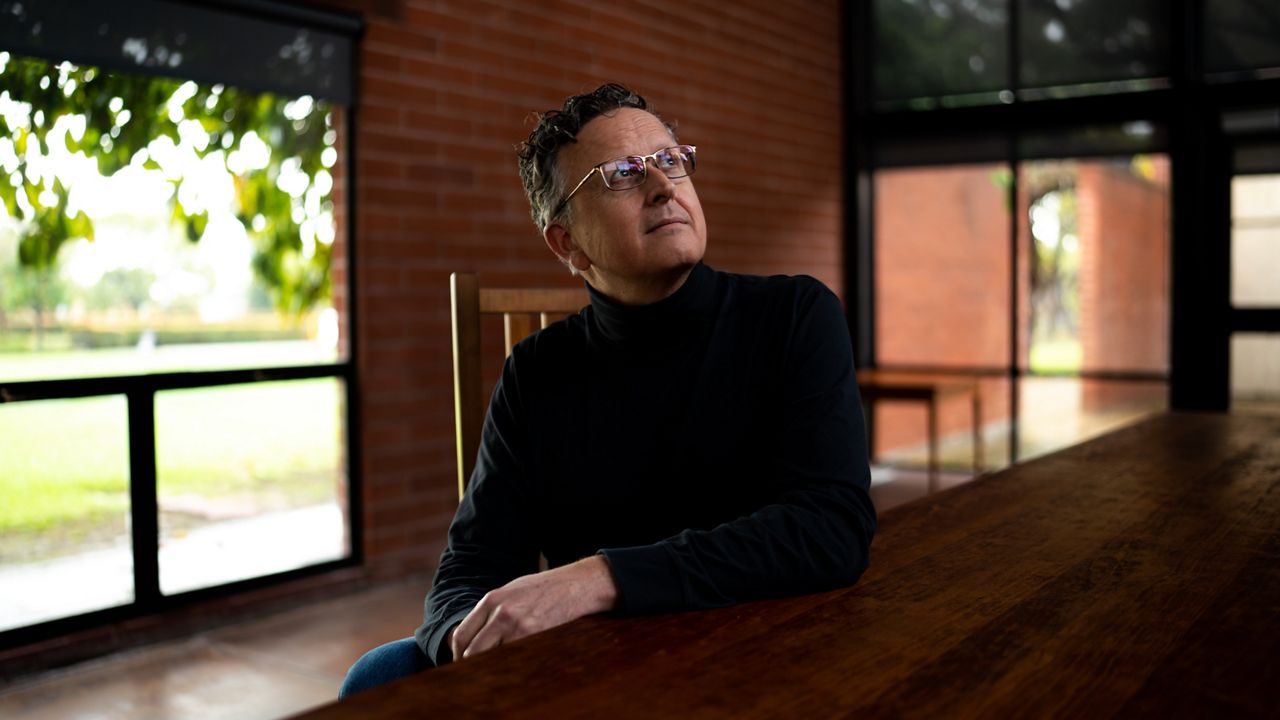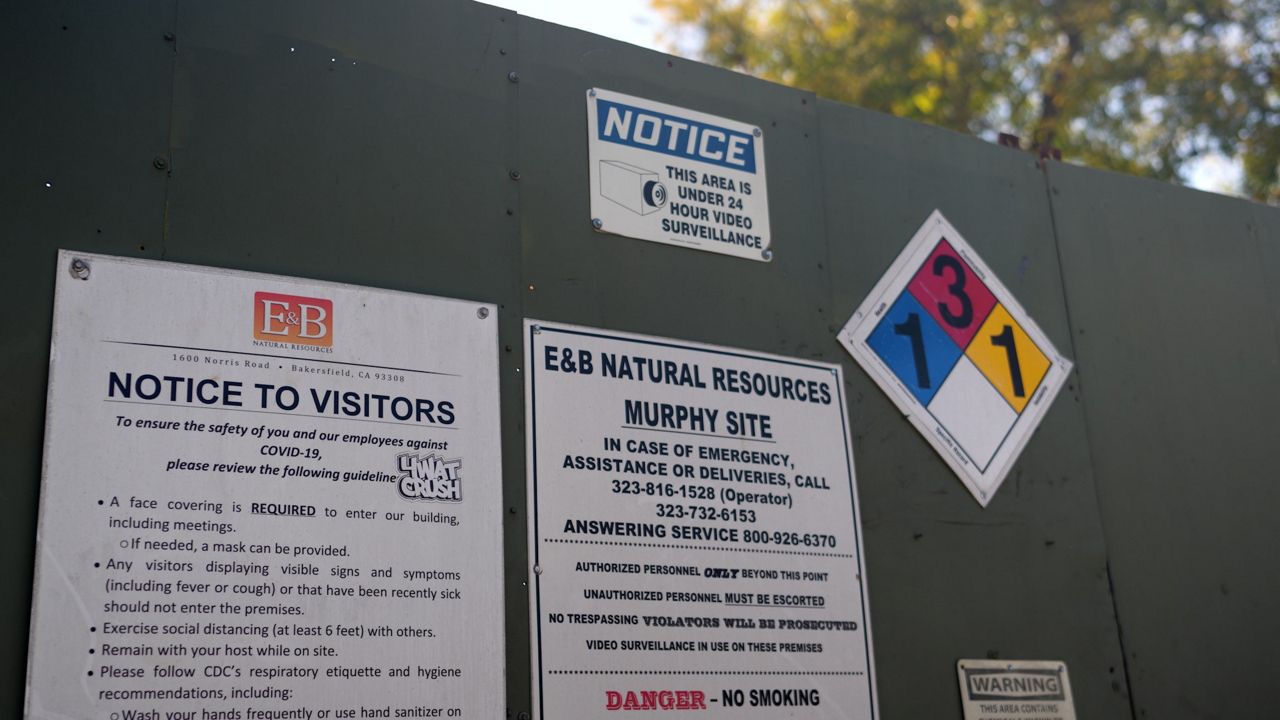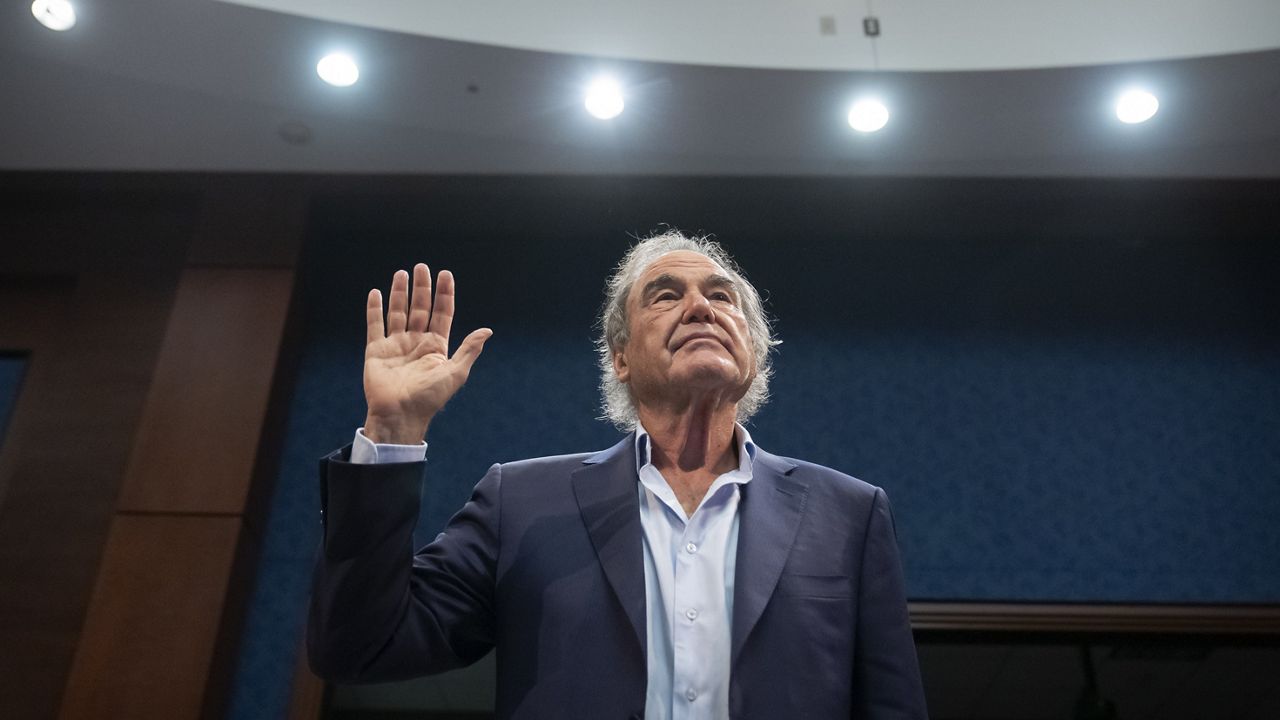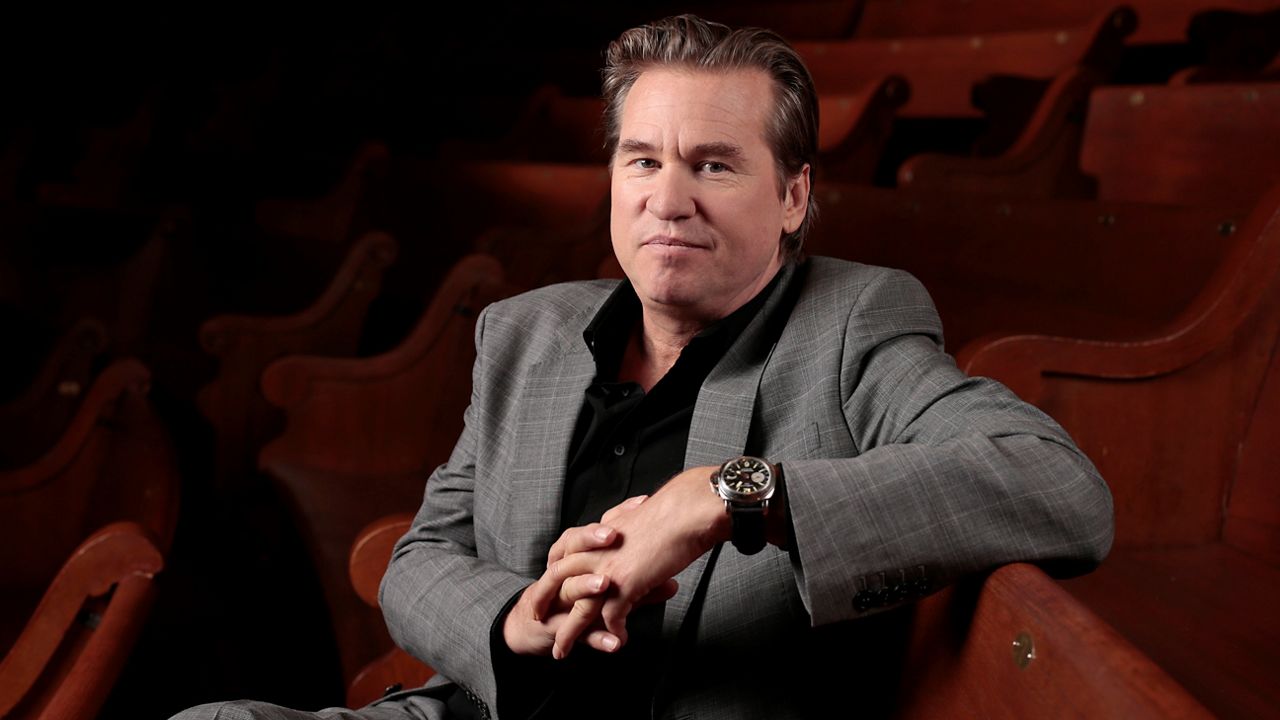LOS ANGELES — Earlier this year, the South Los Angeles Area Planning Commission voted to roll back regulations aimed at limiting emissions and protecting nearby residents that had been imposed on the Murphy Drill Site after years of community organizing.
The neighborhood oil site, operated by E&B Natural Resources, has been cited dozens of times for failing to comply with existing regulations and has been linked to significant adverse health complications for nearby residents by research out of USC.
What You Need To Know
- The Murphy Drill Site is a neighborhood oil operation in South Los Angeles
- Last year, LA’s Office of Zoning Administration imposed increased regulations at the site
- Following an appeal by E&B Natural Resources, many of those regulations were rolled back earlier this year
- Community organizers plan to continue fighting for better environmental health protections
Last February, after years of community organizing by South LA residents like Richard Parks, Los Angeles’ Office of Zoning Administration released a legally binding determination letter that outlined more than 30 conditions aimed to “increase the protection of and to preserve the health, safety and general welfare of the residents and stakeholders of the neighborhood.”
To continue operations at the Murphy Drill Site, E&B Natural Resources was required to comply with those new conditions which included building a 45’ enclosure, electrifying operations and abandoning the on-site burning of methane gas.
Unlike many drilling operations around Los Angeles, the Murphy Drill Site is not enclosed by barrier walls, which allows toxic chemicals to seep into the neighborhood. The site also produces much of its energy by burning methane gas, while some oil operations in wealthier neighborhoods have utilized cleaner electrical power for decades.

A 2021 USC study found that residents living near the site were significantly more likely to develop health complications, such as reduced lung capacity, reduced lung size, wheezing, sore throat, and eye & nose irritation. The study’s primary author, Dr. Jill Johnston, also said proximity to urban oil operations like the Murphy Drill Site is linked to higher blood pressure, which can lead to life-threatening hypertension.
“Eliminating the source of the pollution is the most health-protective for the communities nearby,” Dr. Johnston said. “In the meantime, there are steps that can reduce some of the impacts of air quality for nearby residents. This can include enclosing the facility, electrifying the facility, not using diesel sources, as well as increasing the distance between where these facilities are operating and where people are living.”
The Murphy Drill Site operates within 1000 feet of apartment buildings, retirement homes and 3 public schools.
E&B Natural Resources appealed many of the newly imposed regulations, claiming mandated electrical work-over equipment was commercially unavailable and that the regulations surrounding methane burning were unclear. Following a public hearing last October, at which E&B Natural Resources presented their case and over 20 community members spoke in favor of keeping the regulations, the South Los Angeles Area Planning Commission voted to amend the guidelines.
Notably, the updated regulations reduced the minimum height of the barrier wall by 15 feet, reversed the ban on on-site methane burning, and permitted the continued use of diesel work-over equipment.
When reached out to for comment, E&B Natural Resources provided Spectrum News with a statement that read:
“The Murphy site is in compliance with the most stringent health, safety, and operational regulations as required by multiple federal, state and local agencies. Last year, the Murphy site completed a public process with the Los Angeles City’s Planning Department to review its conditions of operations. E&B Natural Resources (E&B) engaged with the local community and proactively volunteered additional best practices and technology at the site.”

Those best practices and technologies include fenceline air pollution monitoring and additional inspections. But according to Parks, much more needs to be done to protect vulnerable communities near the Murphy Drill Site. He also says that though the updated determination letter retained some helpful regulations, the city’s decision to rollback protections is a disappointing result that maintains the status quo of deprioritizing the health and wellness of lower income communities of color in South LA.
“On our three big demands that would have dramatically improved public health, the city felt that disparate and discriminatory treatment of South LA families was acceptable,” Parks said.
Even with the setback, Parks says he is going to continue organizing to improve the environmental health protections in his community.
“We remain undeterred and hopeful for our collective work for closure, clean-up, and community-led redevelopment,” Parks said.











